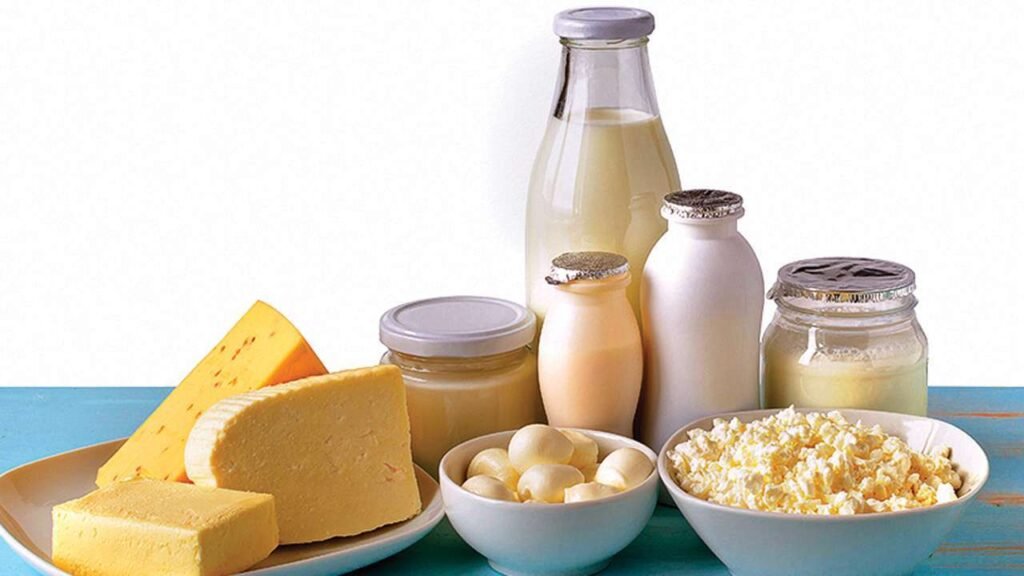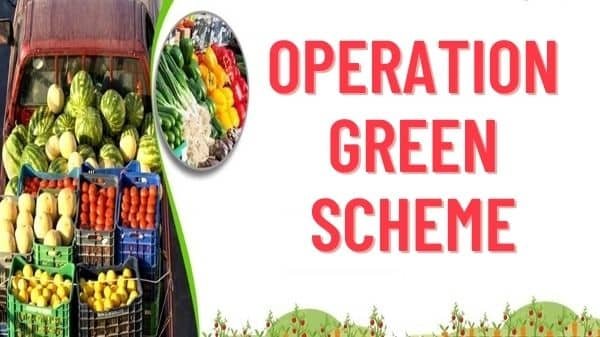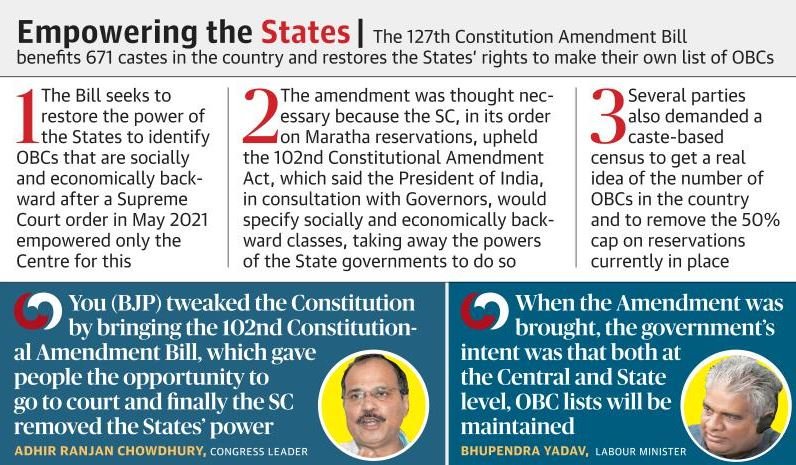Blog
August 10th and 11th Current affairs.
- August 11, 2021
- Posted by: admin
- Category: Culture Current Affairs Daily News Defense & Security Disaster Management Economy Education Environment & Ecology Ethics Geography Governance Health History International Relation Persons in News Polity Science & Technology Social Issues Sports Uncategorized UPSC Notification Videos
1. IPCC’s Sixth Assessment Report.

IN NEWS:
UN Secretary-General Antonio Guterres and the United Nations Framework Convention for Climate Change (UNFCCC) said that the IPCC report, released recently, underscored that “there is no time for delay and no room for excuses”.
KEY POINTS:
- Heat waves and humid heat stress will become more intense and frequent over Southeast Asia during the 21st century.
- Both summer and annual monsoon precipitation will increase, with enhanced inter annual variability over Southeast Asia.
- Heat extremes have increased while cold extremes have decreased and these trends will continue over the coming decades.
- Glacier run-off in the Asian high mountains will increase upto mid 21st century and subsequently run-off may decrease due to the loss of Glacier storage.
- Relative sea level around Asia increased faster than global average, with coastal area loss and shoreline retreat. Regional mean sea level will continue to rise.
What is Intergovernmental Panel on Climate Change (IPCC)?
- It is an international body set up in 1988 by the World Meteorological Organization (WMO) and United Nations Environment Programme (UNEP) to provide policymakers with
- Regular assessments of the scientific basis of climate change
- Impacts and future risks associated with Climate Change
- Options for adaptation and mitigation for Climate Change
- Membership of the IPCC is open to all members of the WMO and the UNEP.
- IPCC assessments provide a scientific basis for governments at all levels to develop climate-related policies and also underlie climate negotiation at International level.
- The main objective of UNFCCC is to stabilize greenhouse gas concentrations in the atmosphere at a level that would prevent dangerous anthropogenic interference with the climate system.
SOURCE:TH
2. Indian Institute of Heritage

IN NEWS:
Indian Institute of Heritage would be a world-class and standalone Institution of its type in the country: Union Culture Minister.
KEY POINTS:
- The government has decided to set up the ‘Indian Institute of Heritage’ at Noida, Gautam Buddha Nagar.
- It will be a world-class university that would focus on the conservation and research in India’s rich tangible heritage, while offering research, development and dissemination of knowledge associated with heritage.
- It would also offer Masters and Ph. D courses in History of Arts, Conservation, Museology, Archival Studies, Archaeology, Preventives Conservation, Epigraphy and Numismatics, Manuscriptology etc. as well as conservation training facilities to in-service employees and the students of the Indian Institute of Heritage.
- This would be a standalone Institution of its type in the country and will have positive impact on higher education and research in the fields related to rich Indian heritage and its conservation.
SOURCE:PIB
3. Government e-Marketplace

IN NEWS:
The Government e-Marketplace (GeM) system has resulted in a 10% savings in public procurement costs in five years, but has still tapped only 5% of India’s total government purchases of about Rs 20 lakh crore a year.
KEY POINTS:
- 56% of the order value processed through the GeM portal has been delivered by Micro, Small and Medium Enterprises (MSMEs), with seven lakh small firms on board.
- GeM is a one-stop National Public Procurement Portal to facilitate online procurement of common use Goods & Services required by various Central and State Government Departments/Organizations/Public Sector Undertakings (PSUs).
- The procurement of goods and services by Ministries and the Central Public Sector Enterprises (CPSEs) is mandatory for goods and services available on GeM.
- It also provides the tools of e-bidding and reverse e-auction to facilitate the government users achieve the best value for their money.
- At present, GeM has more than 30 lakh products, over Rs. 10 lakh crore worth of transactions have happened so far at the portal.
- It was launched in 2016 to bring transparency and efficiency in the government buying process.
- Nodal Ministry: Ministry of Commerce and Industry.
SOURCE:TH
4. National Dairy Plan

IN NEWS:
National Dairy Plan Phase I (NDP-I) a Central Sector Scheme (CSS) with an outlay of Rs. 2242 Crore was implemented during March 2012 to Nov 2019 across 18 major dairying states including Gujarat which together account for over 90% of the country’s milk production.
KEY POINTS:
- Funding was through a line of credit from the International Development Association (IDA), which along with the share of the Government of India flew from Department of Animal Husbandry, Dairying & Fisheries (DADF) to National Dairy Development Board (NDDB) and in turn to eligible End Implementing Agencies (EIAs).
Objectives:
- Increase productivity of milch animals and thereby increase milk production to meet the rapidly growing demand for milk.
- Provide rural milk producers with greater access to the organized milk processing sector.
NDP I had the following major components:
- Productivity Enhancement: aiming at increasing bovine productivity following a scientific approach in animal breeding and nutrition.
- Village based milk procurement systems for weighing, testing quality of milk received and making payment to milk producers: aiming at increasing the number of milk producers organised into milk producer institutions.
- Project Management and Learning: aiming at effective coordination of project activities among various EIAs and a comprehensive and functional Management Information System (MIS) for the Project.
Some of the key achievement of the NDP I:
- NDP I was able to make available more than 2,456 High Genetic Merit Bulls to A & B graded semen stations across the country which propelled the production of quality disease-free semen.
- The project also contributed towards lowering the cost of feeding per kg of milk resulting in increase of net daily income of milk producers by Rs 25.52.
- Market access was provided to more than 16.8 lakh additionally enrolled milk producers of which 7.65 lakh are women members.
- The project covered around 59 lakh beneficiaries across 97,000 villages.
SOURCE:PIB
5. Fit India Freedom Run 2.0.

IN NEWS:
Minister of Youth Affairs & Sports will launch the Nationwide programme of Fit India Freedom Run 2.0 on 13th August 2021, as part of celebration of Azadi ka Amrit Mahotsav
Through this initiative, more than 7.50 Crore youth and citizen will be reached to take part in the run.
KEY POINTS:
- The key activities of Fit India Freedom Run 2.0 include pledge, rendering of National Anthem, Freedom Run, cultural functions at venues, awareness among Youth Volunteers to participate and also organize similar Freedom Runs in their villages.
- People can register and upload their run on Fit India portal https://fitindia.gov.in and promote freedom run on their social media channels with #Run4India and #AzadikaAmritMahotsav.
- Through this campaign, citizens will be given call to make a resolve to include physical activity of at least 30 minutes daily in their lives “FITNESS KI DOSE AADHA GHANTA ROZ”.
Important Information:
About the Fit India Freedom Run 1.0
- The aim of ‘Fit India Freedom Run’ is to encourage people to take up fitness activities such as running and sports in their daily lives and get freedom from obesity, laziness, stress, anxiety, diseases etc.
- It was conceived in 2020 in the wake of COVID-19 Pandemic when social distancing became new normal lifestyle, so as to keep the imperative need of fitness active even while following the social distancing norms.
- Fit India Freedom Run was launched on the concept of virtual run i.e., ‘it can be run anywhere, anytime! You run a route of your choice, at a time that suits you. Basically, you run your own race and time your own pace’.
SOURCE:IE
6. Operation Greens Scheme
IN NEWS:

Ministry of Food Processing Industries launched Operation Greens scheme in November, 2018 for integrated development of Tomato, Onion and Potato (TOP) value chain.
KEY POINTS:
- The scheme provides for
- short term intervention by way of providing transportation and storage subsidy @ 50% and
- long-term intervention through value addition projects in identified production clusters with Grant-in-aid @ 35% to 70% of eligible project cost subject to maximum of Rs. 50 crore per project.
- The crop-wise/state-wise specific funds are not earmarked under the scheme as the scheme is demand driven and projects are sanctioned in the identified production clusters on the basis of the applications received from investors against Expression of Interest (EOI) issued from time to time.
- The scheme aims to promote Farmer Producers Organizations (FPOs), Agri-logistics, processing facilities and value addition etc. in identified production clusters.
- 6 projects worth project cost of ₹363.30 Crore, with grant-in-aid of ₹136.82 Cr, targeting 31 FPOs in 6 production clusters are approved so far one each for tomato, onion and potato in Gujarat (3), two for onion in Maharashtra (2) and one for tomato in Andhra Pradesh.
Objectives Of Operation Greens Scheme
- To enhance value realization of top farmers;
- Reduction in post-harvest losses;
- Price stabilization for producer and consumers and
- Increase in food processing capacities and value addition etc.
- As per budget Announcement 2021-22, expanded operation greens scheme covers 22 perishables including shrimp.
SOURCE:IE
7. 127th Constitution Amendment Bill.

IN NEWS:
- Central Government introduced the 127th Constitution (amendment) bill, 2021 in Lok Sabha on August 9, 2021.
- The bill seeks to restore state’s power to make their own OBC lists.
KEY POINTS:
- Bill was introduced by Union minister of Social Justice and Empowerment, Virendra Kumar.
- It was introduced in the Parliament to clarify some provisions of the 102nd Constitutional Amendment Bill, restoring the power of states to identify backward classes.
- Constitutional provisions
- Articles 15 (4), 15 (5), and 16 (4) of the Indian constitution confer power on the State Government to declare and identify a list of socially and educationally backward classes. Central and state governments draw separate OBC lists as a practice.
- The need for latest amendment aroused after the Supreme Court in its Maratha reservation ruling of May 2021 upheld the 102nd Constitutional Amendment Act.
- SC also stated that, the President will determine which communities will be included on state OBC list, on the recommendations of the National Commission for Backward Classes (NCBC).
About 127th Constitution Amendment Bill
- The 127th Constitutional Amendment Bill will amend clauses 1 and 2 of Article 342A.
- It will introduce a new clause 3.
- It will also amend Articles 366 (26c) and 338B.
- The bill has been designed to clarify that, State Governments can maintain state list of OBCs, restoring the system prior to SC judgment.
- Under the amendment, latest ‘State List’ will be taken out of the purview of the President completely and it will be notified by State Assembly.
SOURCE:TH
8. August 10: World Lion Day.

IN NEWS:
- World Lion Day is celebrated on August 10 every year in a bid to raise awareness on lions.
- The day also seeks to mobilise support for protection and conservation of Lion.
KEY POINTS:
- As per World Wide Fund for animals (WWF), though lion is often referred to as the “king of the jungle”. But in reality, it only lives in grasslands and plains.
- India is home to majestic Asiatic Lion, who inhabit protected territory of Sasan-Gir National Park.
- According to WWF, lions were once found throughout Africa, Asia and Europe. But over the years, their numbers have reduced across these continents.
- Initiative to protect lion started in 2013 so the first World Lion Day was observed in 2013 itself.
- Since then, the day has become a symbol of fight towards protection of lion. Last remaining population of the Asiatic Lions are found in Gir National Park of Gujarat.
About Asiatic Lions
Asiatic lion is scientifically called as Panthera leo persica.
- They are approximately 110 cm in height.
- They have been listed in Schedule I of Wildlife (Protection) Act 1972 and are considered as Endangered species on IUCN Red List.
- Weight of Adult males is in between 160 to 190 kg and that of female is in between 110 to 120 kg.
Threat to lions
- Asiatic lions face significant threats of poaching and threat of genetic inbreeding.
- WWF has also recorded instances of deaths of lions as a result of falling into unguarded wells around Gir.
SOURCE:IE
